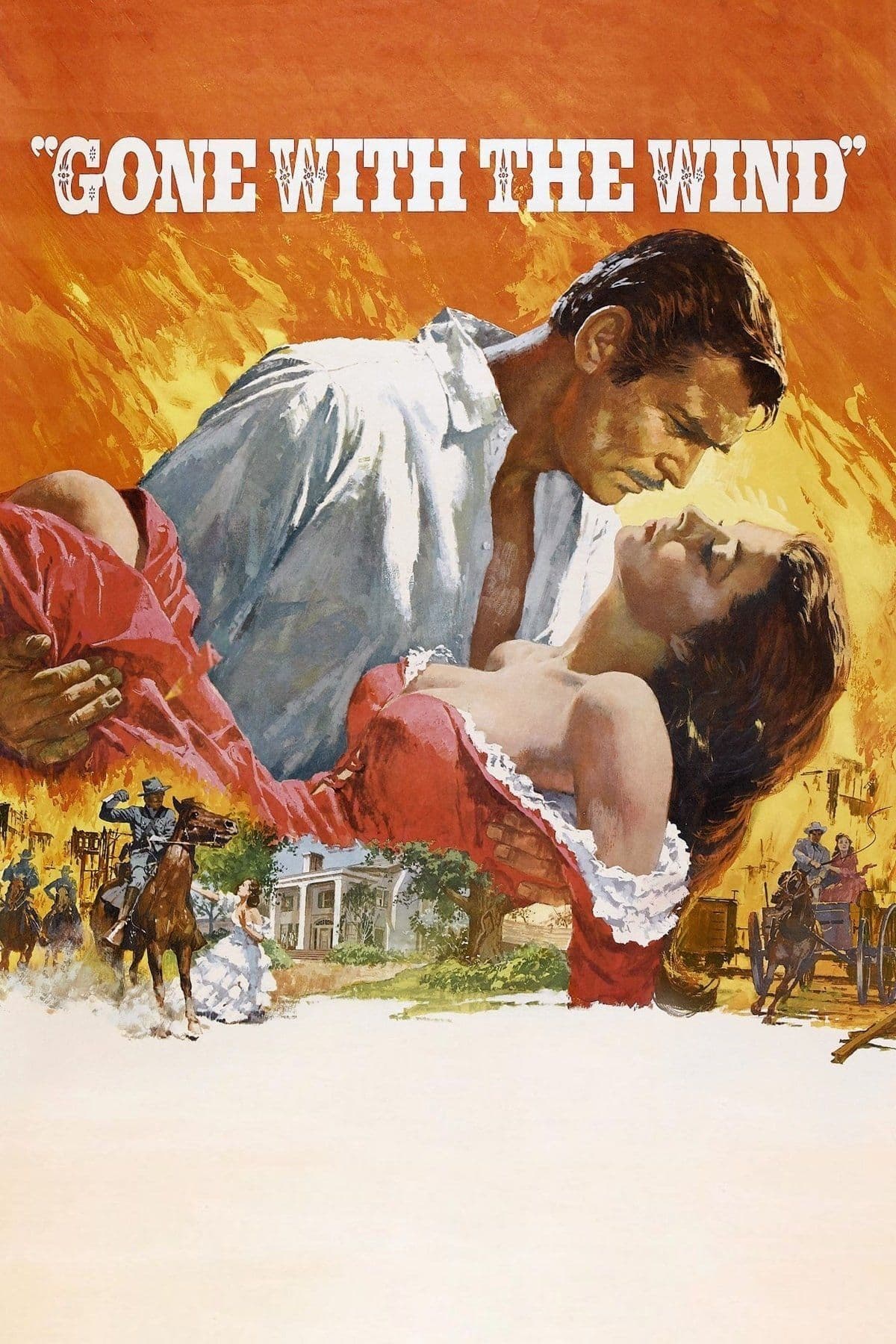
Gone with the Wind
1939
Rate this movie
Average: 5.00 / 5
(2 votes)
Director
Gone with the Wind (1939) is an epic fresco that captures the soul of an era, a monumental work that has marked the history of cinema and literally defined the stylistic features and devices of cinematic language.
The film, directed by Victor Fleming with the uncredited contribution of George Cukor, intertwines a troubled love story with the tumultuous backdrop of the American Civil War. Clark Gable and Vivien Leigh, in the roles of Rhett Butler and Scarlett O'Hara, embody two iconic figures, symbols of an era and a world destined to disappear. Their love story, made up of attraction, rejection, misunderstandings, and burning passions, unfolds against the backdrop of a society in profound transformation, amid lavish balls, battlefields, and the ruins of a defeated South. Gone with the Wind is a film that captivates with its monumental vision of history, attention to detail, powerful images, and depth of character.
But it is also a deeply controversial film that has provoked and continues to provoke reflection and debate for its portrayal of slavery and Southern society.
The story, based on the novel by Margaret Mitchell, is a compelling tale of love, war, ambition, and survival. Scarlett O'Hara, a young and spoiled Southern belle, is in love with Ashley Wilkes, who marries the sweet and fragile Melanie. Scarlett, her pride wounded, marries Charles Hamilton out of spite, but he dies in the war. Widowed, she marries Frank Kennedy, a man much older than her, to save her plantation, Tara, from ruin. Meanwhile, Rhett Butler, a charming adventurer, falls in love with Scarlett, but she, still obsessed with Ashley, repeatedly rejects him. Only after Melanie's death does Scarlett realize that she loves Rhett, but by then it is too late: tired of her whims and indecision, he leaves her.
The plot unfolds through the years of war and Reconstruction, showing the fall and rebirth of the South and Scarlett's journey from a frivolous and capricious young woman to a strong and determined woman. The work is full of references to serialized novels, with dramatic examples of the romantic concept of eternal love, passing through the rigid social constraints imposed by the upper middle class. The rigid narrative structure encompasses several themes: war, high society, the crisis of the Southern aristocracy, social stratification, and the Western ideal of Societas.
A majestic work that touches on a delicate and critical historical period such as the Civil War, offering in some cases a distorted view of reality. The film presents an idyllic view of life on the plantations, where slaves are portrayed as content and satisfied with their condition, loyal to their masters and incapable of living independently. This representation ignores the brutality and inhumanity of slavery, denying the suffering and resistance of the slaves. Black characters are often portrayed through offensive racial stereotypes, such as the ‘mammy’ (the maternal and protective black maid), ‘Uncle Tom’ (the loyal and submissive slave) and the ‘piccaninny’ (the naive and childish black child). These stereotypes perpetuate a negative and derogatory image of African Americans. The film is also told exclusively from the perspective of white Southerners, and the perspective of the slaves is almost completely absent. Their aspirations, their suffering, and their struggles for freedom are not shown. The film minimizes or ignores the most brutal aspects of slavery and the Civil War, such as the violence, discrimination, and injustices suffered by African Americans. Furthermore, it presents a nostalgic view of the pre-war South as an era of elegance and chivalry, ignoring the profound inequalities and social tensions that characterized that society.
The romanticized portrayal of slavery and the racial stereotypes present in Gone with the Wind have contributed to perpetuating prejudice and discrimination against African Americans. The film has been criticized for helping to spread a distorted image of the past and for hindering the process of racial reconciliation in the United States.
Gone with the Wind is a complex and controversial film that reflects the contradictions and prejudices of the era in which it was made. While it is a work of great artistic and entertainment value, it is important to acknowledge its problematic racial portrayals and its negative impact on society. Watching Gone with the Wind today requires critical awareness and reflection on its historical and social implications.
Country
Gallery

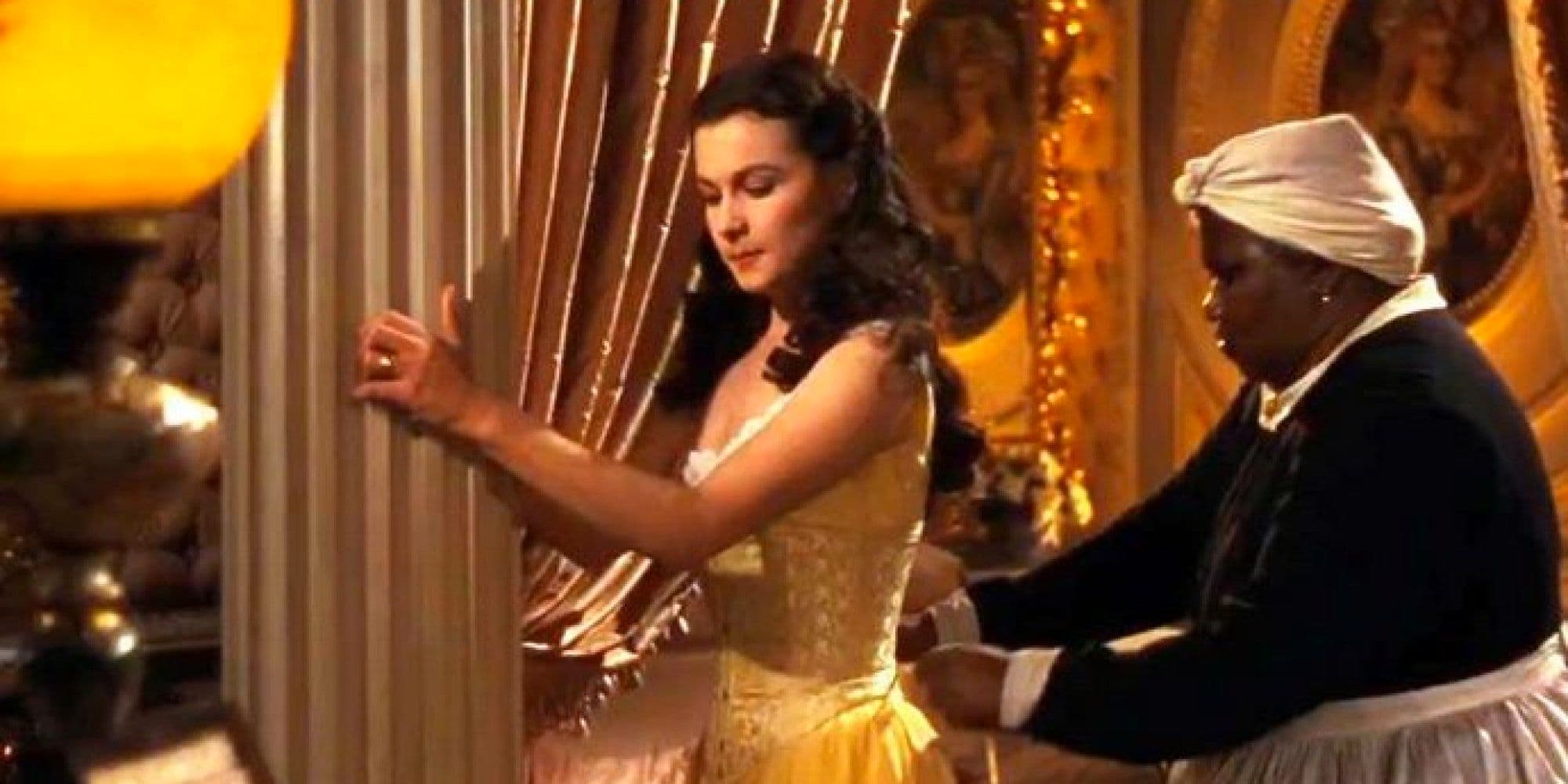
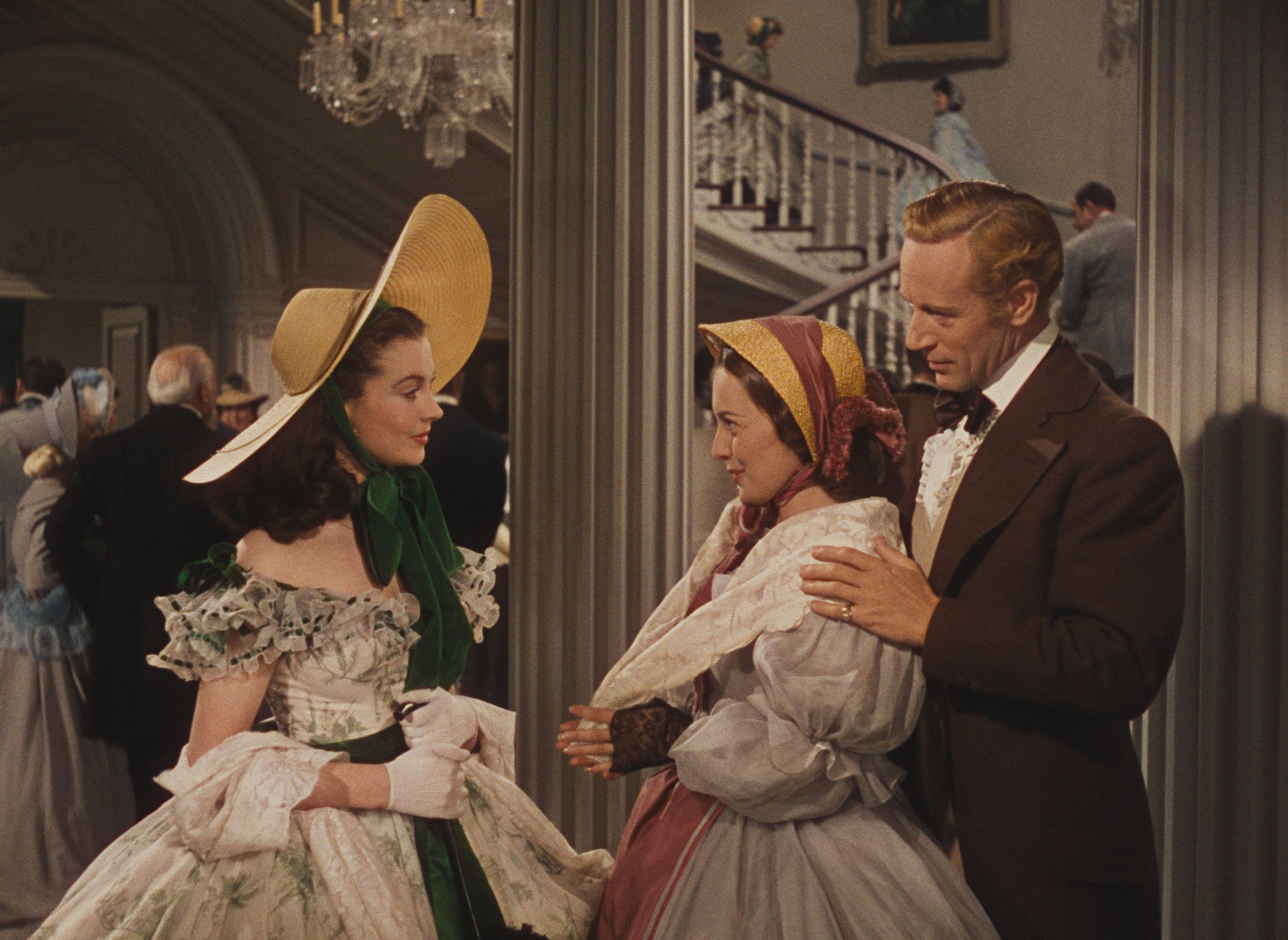
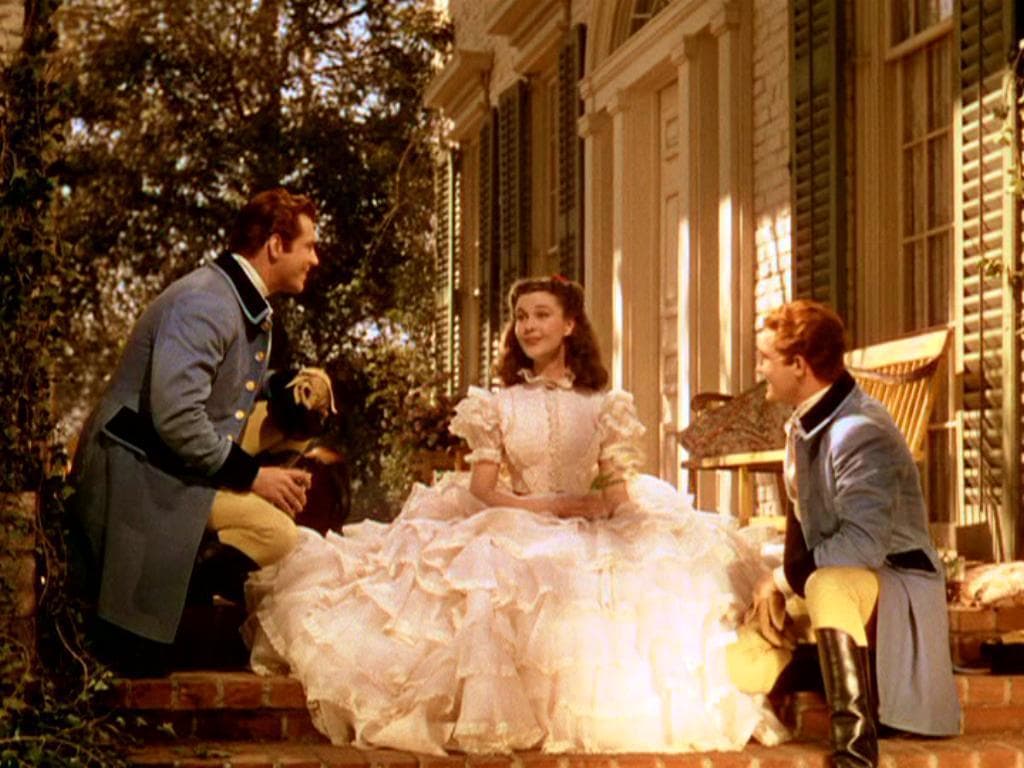
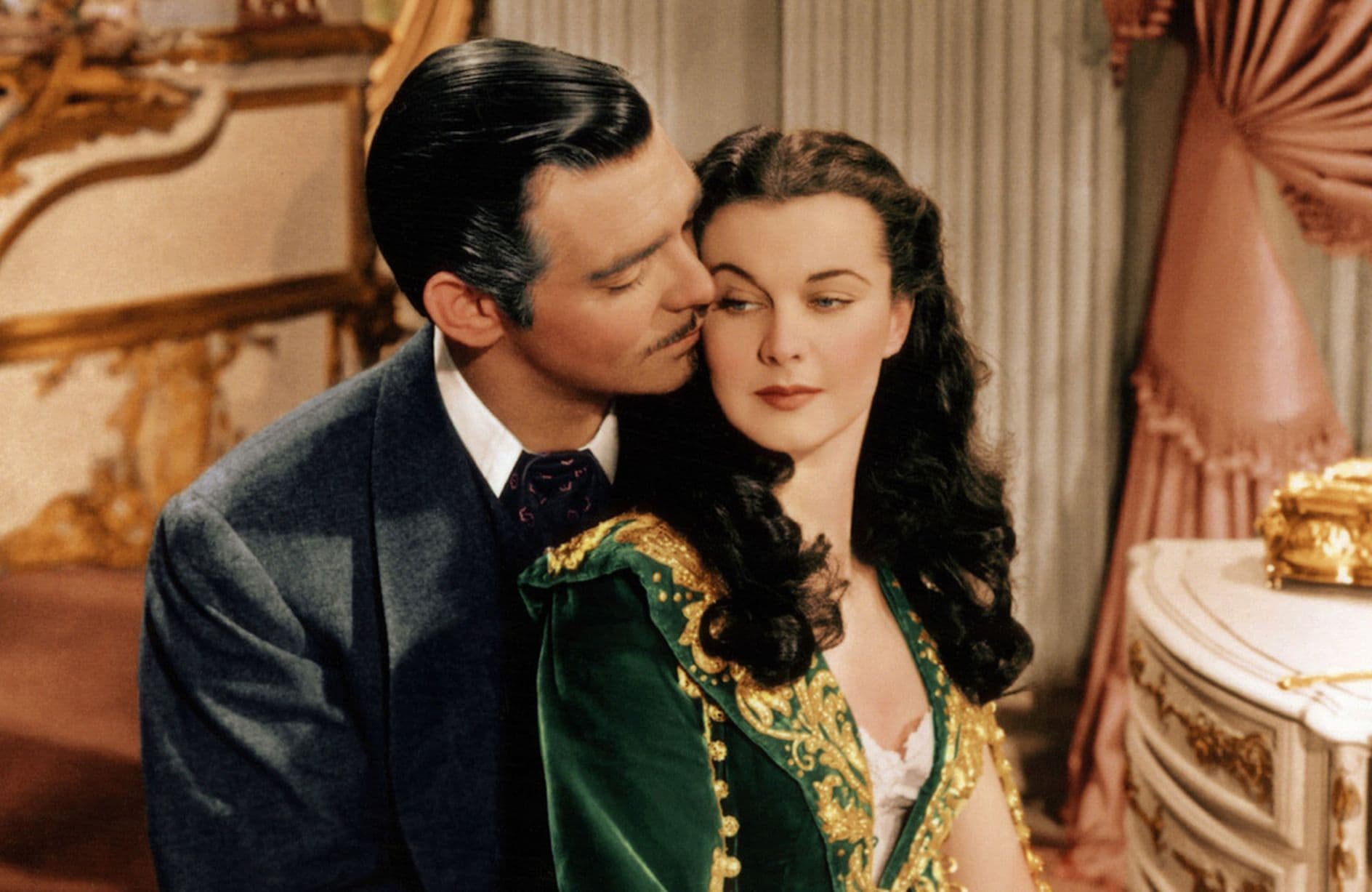
Comments
Loading comments...